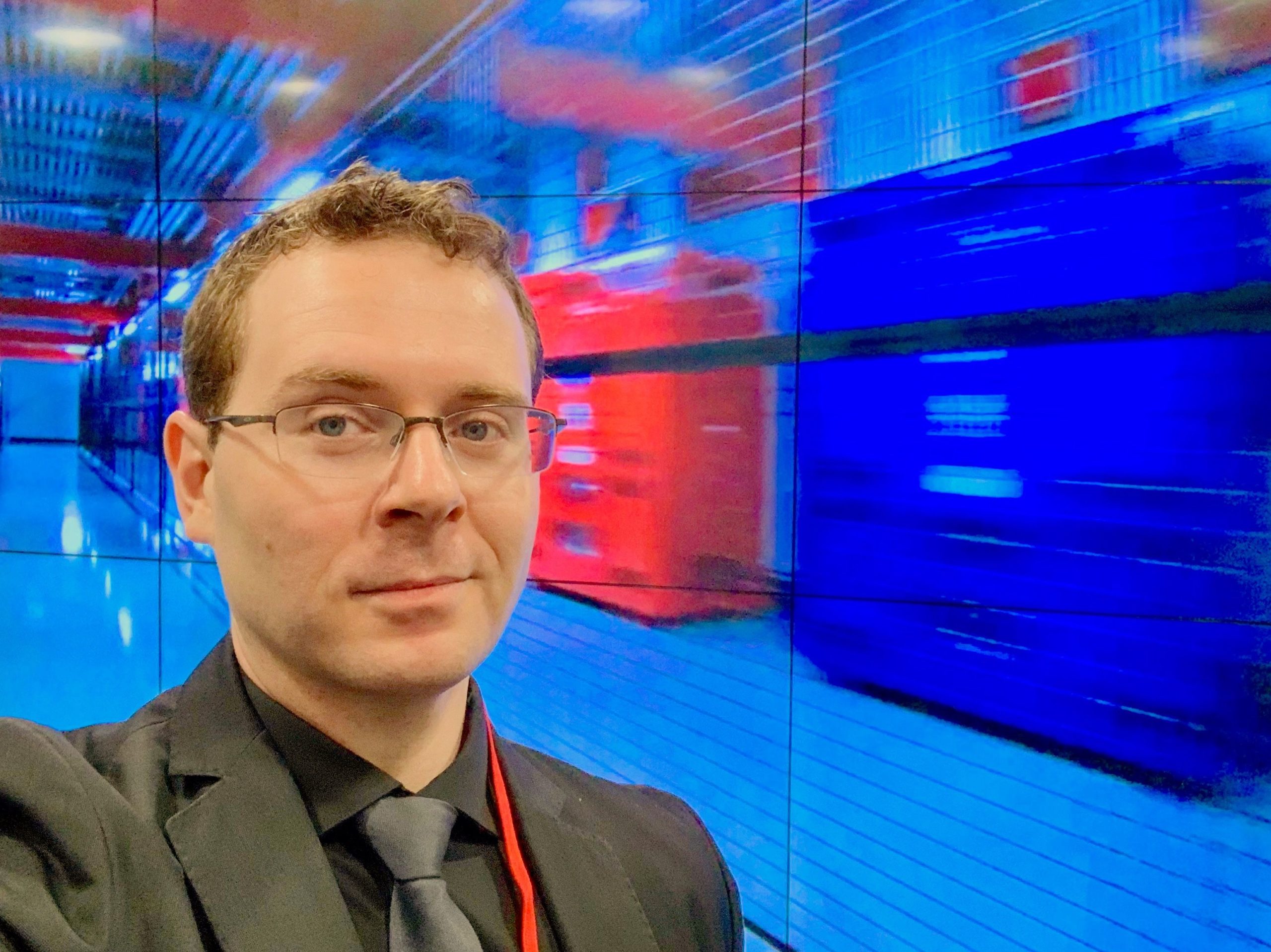Don’t Let Old Habits and Data Center Gremlins Keep You Up at Night18 min read

Very recently, I had the pleasure of leading the AFCOM Leaders Lab in Dallas. Our topic? Data Center Management and all of the wonderful things that fall under it. One of the coolest points was that this session wasn’t just about DCIM concepts. Rather, it was about sharing stories and experiences. Honestly, this made this entire lab so valuable because we got to hear what others are experiencing, how they resolve issues, and where there can be improvements made. One of the best parts of the lab was learning that we all have a lot of common challenges. Whether it’s the fast evolution of data center operations, or trying to squeeze out the last piece of efficiency, we’re all working so hard to make our data centers operate optimally.
It was an honor and a pleasure to lead this lab. Most of all, however, I found it exceedingly valuable to hear the stories from people who are literally ‘boots on the data center ground.’ Between outages and best practices, we learned a lot together.
Before we go into the details of our session, its important to note just how robust the data center market is today. A recent report from ResearchAndMarkets found that the data center services market is projected to grow at a CAGR of 13.69% over the forecast period (2018-2023). The increasing investment in data centers across the globe is expected to have a positive impact on the market growth over this time. For example, in February 2018 Oracle announced high investment in data centers, wherein the company is planning to set up approximately 12 facilities around the globe, including Japan, India, and China.
Smack in the middle of all of this is you; the data center executive, professional, architect, and manager. So, what happens when a new person comes in? Or, what happens when you give control of data center operations to a team that maybe isn’t quite as familiar with your best practices as they should be?
The environmental variables of the data center aren’t going anywhere. In fact, we’ll still need to focus on power, cooling, and things like airflow. The biggest difference today is that we have smarter sensors and better integration with DCIM systems. A big response point from our participants revolved around looking for solutions that not only help you with airflow and power management, but also integrate new solutions like machine learning and DCIM. From there, you can start making better decisions based on data for your overall data center health.
When it comes to data center management, it’s not always smooth sailing. In fact, we started our Leaders Lab by learning what keeps our participants up at night? Their responses were really interesting.
Top 5 Things That Keep AFCOM Leaders Up at Night
- Disaster Recovery and Business Continuity – Pretty much every participant in the lab discussed natural disasters, running updates and data center upgrades, and even human error as part of a DRBC process that keeps them up a night. Furthermore, just having a good and tested DRBC plan is a constant challenge.
- Putting the wrong people in charge of data center operations – Before I write this next part, please know that it’s no offense to the wonderfully talented IT people out there. However, these IT folks are probably talented in their area of expertise. That said, something that kept our participants up at night was, in this example, putting IT in charge of all data center operations and facilities. One example discussed how this experiment lasted a year, and was never attempted again. It seems that IT people have a ‘set it and forget it’ mentality. After a year, this caused some serious issues where key maintenance projects weren’t being done.
Here’s the other point… bad habits die hard. Facilities personnel who are entrenched in a certain way of managing their data center operations might find it hard to pivot. But that change is absolutely necessary. Another point is inheriting a data center that never really used best practices in the first place. Do you just go with the flow? Or, do you take charge to implement better solutions? This is a serious challenge as both data center infrastructure and the way we manage our environments must continuously evolve. The point is that practically no environment is that far gone that it can’t implement good data center management practices around things like power, airflow management, and capacity utilization.
- Lack of investment in smaller facilities – We’re seeing the emergence of smaller facilities and even edge technologies, however, there seems to be a lack of emphasis on managing and optimizing these locations. As our participants pointed out, even though these facilities are smaller, they’re certainly not any less important. One participant pointed out something very specific, that is ‘lightening protection.’ If you’re a tier 1 provider and your remote location supports a number of users, you need to have lightening protection. Our participants even brought up a very specific use-case. Just a couple of days before our Leaders Lab happened, a fire at an AT&T data center in Richardson, Texas cut off internet connectivity and U-Verse TV services for customers in North Texas. City officials said the fire started at the facility’s power switch and burned primary and backup electrical systems. The local fire department hasn’t determined the cause of the fire. With that being said, there is widespread speculation that lightening was the actual culprit.
- Lack of good redundancy practices – For example, a single cord rack shouldn’t be deployed in an environment that’s absolutely critical to the business. Too often, these redundancy designs aren’t taken into consideration and are simply left out. The result? Data center managers being kept up at night. And a possible outage, which is also never fun.
- The ‘Data Center vs. The Business’ challenge – As a sounding board of opinions and thoughts, this one was pretty vocalized through the group. Basically, a major challenge is when the business simply doesn’t align priorities alongside data center operations. They operate in their own silos without incorporating what needs to be done within a data center. What happens then? Lost hours of sleep, poor business alignment, and a data center that’s simply seen as a cost center rather than a business engine.
Looking Ahead
Keeping your data center operating optimally is an all-in team effort. There are so many variables to be aware of that setting things in stone is simply not the right approach. Oftentimes, we see people take on new roles or positions with zero knowledge around best practices or how to optimize the environment. For everyone in the data center industry, it’s absolutely critical to be flexible, know how to pivot with the industry, and adopt new strategies to stay ahead. In some cases, this might be optimizing the way you use power, and in other cases it’s all about helping your data center breathe easier with a good airflow management solution. Either way, it’s never too late to take a holistic approach to data center design and implement the latest best practices.

Bill Kleyman
Industry Analyst | Board Advisory Member | Writer/Blogger/Speaker | Contributing Editor | Executive | Millennial
Bill Kleyman is an award-winning data center, cloud, and digital infrastructure leader. He was ranked globally by an Onalytica Study as one of the leading executives in cloud computing and data security. He has spent more than 15 years specializing in the cybersecurity, virtualization, cloud, and data center industry. As an award-winning technologist, his most recent efforts with the Infrastructure Masons were recognized when he received the 2020 IM100 Award and the 2021 iMasons Education Champion Award for his work with numerous HBCUs and for helping diversify the digital infrastructure talent pool.
As an industry analyst, speaker, and author, Bill helps the digital infrastructure teams develop new ways to impact data center design, cloud architecture, security models (both physical and software), and how to work with new and emerging technologies.
Airflow Management Awareness Month
Free Informative webinars every Tuesday in June.







0 Comments